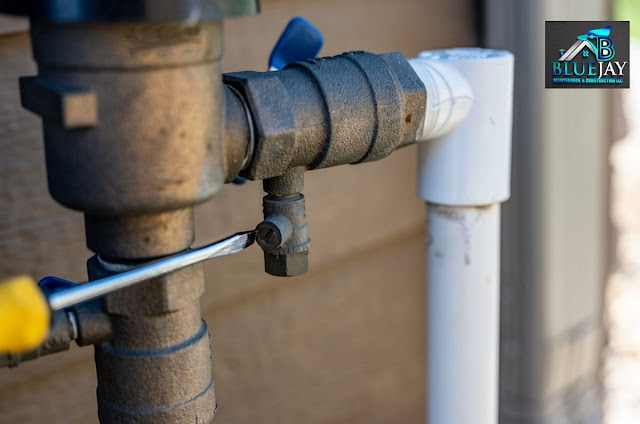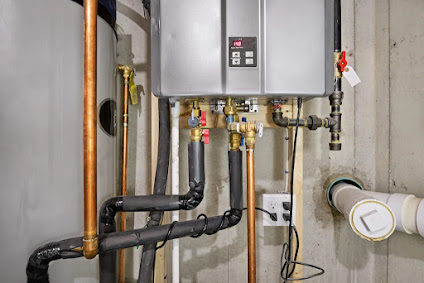Bluejay Maintenance: A Comprehensive Guide to Home Plumbing Maintenance
Maintaining a well-functioning plumbing system is crucial for the overall health of your home. Neglecting plumbing maintenance can lead to costly repairs, water damage, and inconvenience. In this guide, we'll delve into the essential aspects of home plumbing maintenance, focusing on the key areas that every homeowner should pay attention to - a guide we'll affectionately refer to as "Bluejay Maintenance."
1. Inspect and Repair Leaks: Bluejay Maintenance begins with a vigilant eye for leaks. Even a small leak can escalate into a major issue if left unattended. Regularly inspect visible pipes, faucets, and under-sink areas for any signs of moisture. Addressing leaks promptly not only saves water but also prevents damage to walls, floors, and cabinets. Don't forget to check for hidden leaks by monitoring your water meter for any unexplained spikes in usage.
2. Keep Drains Clear: Clogged drains are a common nuisance that can lead to slow drainage and, eventually, blockages. Incorporate drain cleaning into your Bluejay Maintenance routine by using natural remedies like baking soda and vinegar or commercially available drain cleaners. Regularly clean out hair, soap scum, and debris from shower and sink drains. In the kitchen, avoid pouring grease down the drain to prevent the accumulation of sticky substances.
3. Maintain Water Heaters: Your water heater plays a vital role in providing hot water for various household activities. To extend its lifespan and optimize efficiency, flush the tank annually to remove sediment buildup. Check the pressure relief valve and temperature settings regularly. If you notice any issues, such as strange noises or insufficient hot water, consult a professional for a thorough inspection.
4. Insulate Pipes: Especially in colder climates, insulating your pipes is a crucial step in Bluejay Maintenance. Insulation prevents pipes from freezing, reducing the risk of bursts during winter. Focus on areas where pipes are exposed, such as crawl spaces, attics, and basements. This not only protects your plumbing but also contributes to energy efficiency by maintaining water temperature.
5. Test Water Pressure: High water pressure might seem like a good thing, but it can put a strain on your plumbing system, leading to leaks and damage. Use a pressure gauge to test the water pressure in your home periodically. If it exceeds the recommended range (usually 40-60 psi), consider installing a pressure regulator. Maintaining optimal water pressure is a preventive measure in Bluejay Maintenance that can save you from unexpected plumbing issues.
6. Check Toilet Components: Toilets are a fundamental part of any home, and a malfunctioning toilet can cause significant disruptions. Regularly check for leaks around the base, inspect the flushing mechanism, and ensure the fill valve and flapper are functioning correctly. A simple dye test can reveal hidden leaks in the toilet tank. By addressing these issues promptly, you can prevent water wastage and avoid potential water damage.
In conclusion, Bluejay Maintenance is about proactive care and regular check-ups for your home's plumbing system. By incorporating these practices into your routine, you not only prevent costly repairs but also contribute to the long-term sustainability and efficiency of your plumbing. Remember, a little effort in maintenance today can save you from major headaches tomorrow.


Comments
Post a Comment